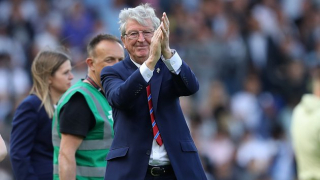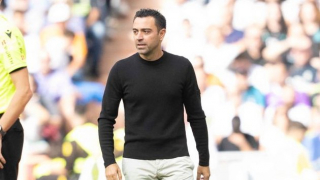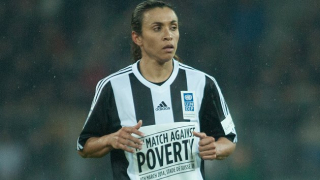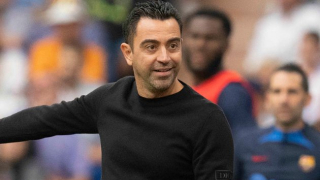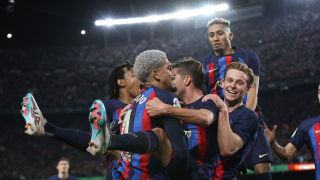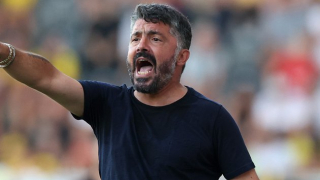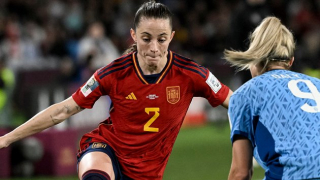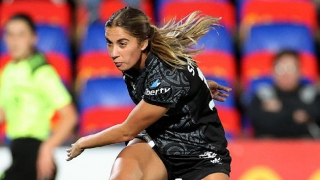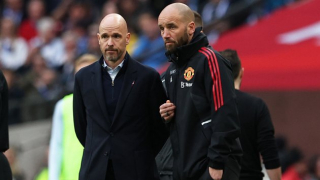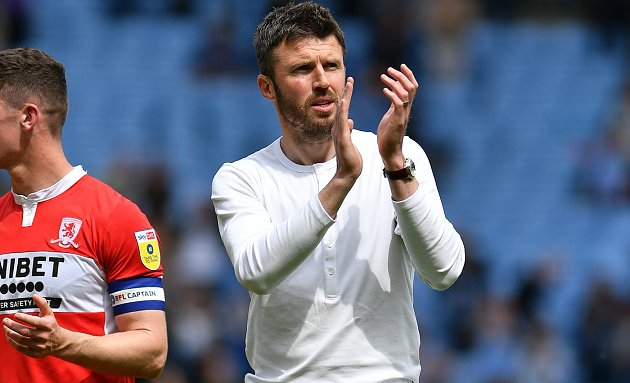Tribalfootball.com's tactics expert Connor Holden examines Middlsbrough's victory over Chelsea on Tuesday night and says Boro's players performed Michael Carrick's gameplan perfectly.
Michael Carrick's Middlesbrough managed a 1-0 victory over Chelsea in the first leg of their Carabao Cup semifinal, leaving them 90 minutes away from Wembley.
However what is it that Carrick did to target Chelsea's weaknesses? And what did Mauricio Pochettino get wrong? Let's take a look...
CHELSEA TACTICAL ISSUES

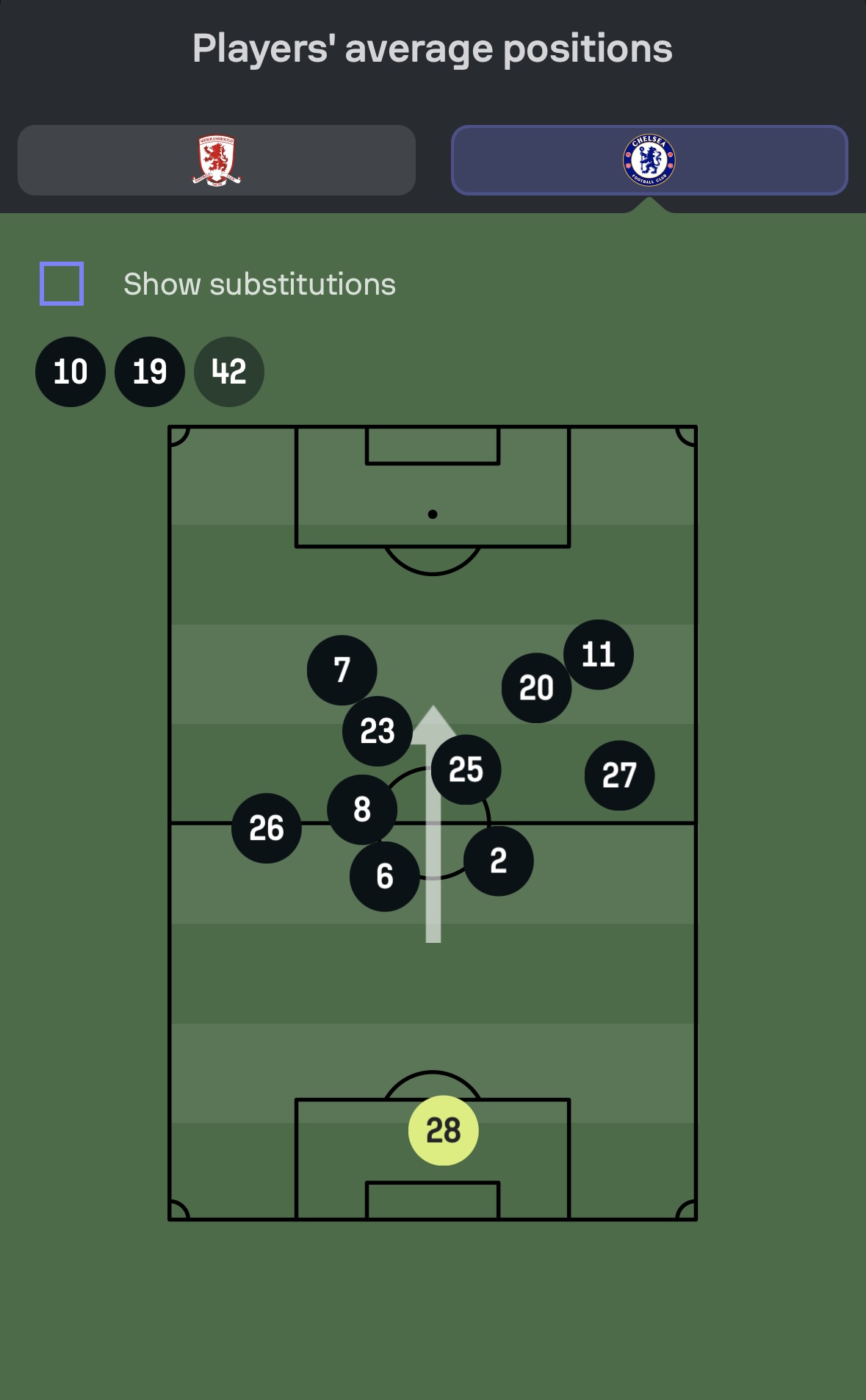
In this game, Pochettino opted for Cole Palmer as the “false 9" something he has performed to good effect already this season in their 2-2 draw with Arsenal.
However the movement in attacking areas was far too static, Palmer having to drop deep to receive the ball, a lack of balls in behind the Middlesbrough defenders and therefore they were able to sit higher and have the ball played in front of them.
Palmer, of course, had some great chances in the first half, but those mainly came from Middlesbrough mistakes trying to play out, rather than any decisive attacking patterns from Chelsea.
The substitutions were also very baffling, as Chelsea were looking to break down a low block defensive unit, and decided to take off their most progressive passer, opting to drop Conor Gallagher deeper in midfield and bring on Mykhaylo Mudryk and Armando Broja for Enzo Fernandez and Noni Madueke.
This saw Chelsea recycling the ball sideways very often, struggling to find line breaking passes. They managed to sustain pressure in the Middlesbrough half due to having two ball winners keeping the ball from breaking out of the half, but this sustained pressure came to nothing with a lack of creativity and ideas in those forward zones.
MIDDLESBROUGH GAMEPLAN
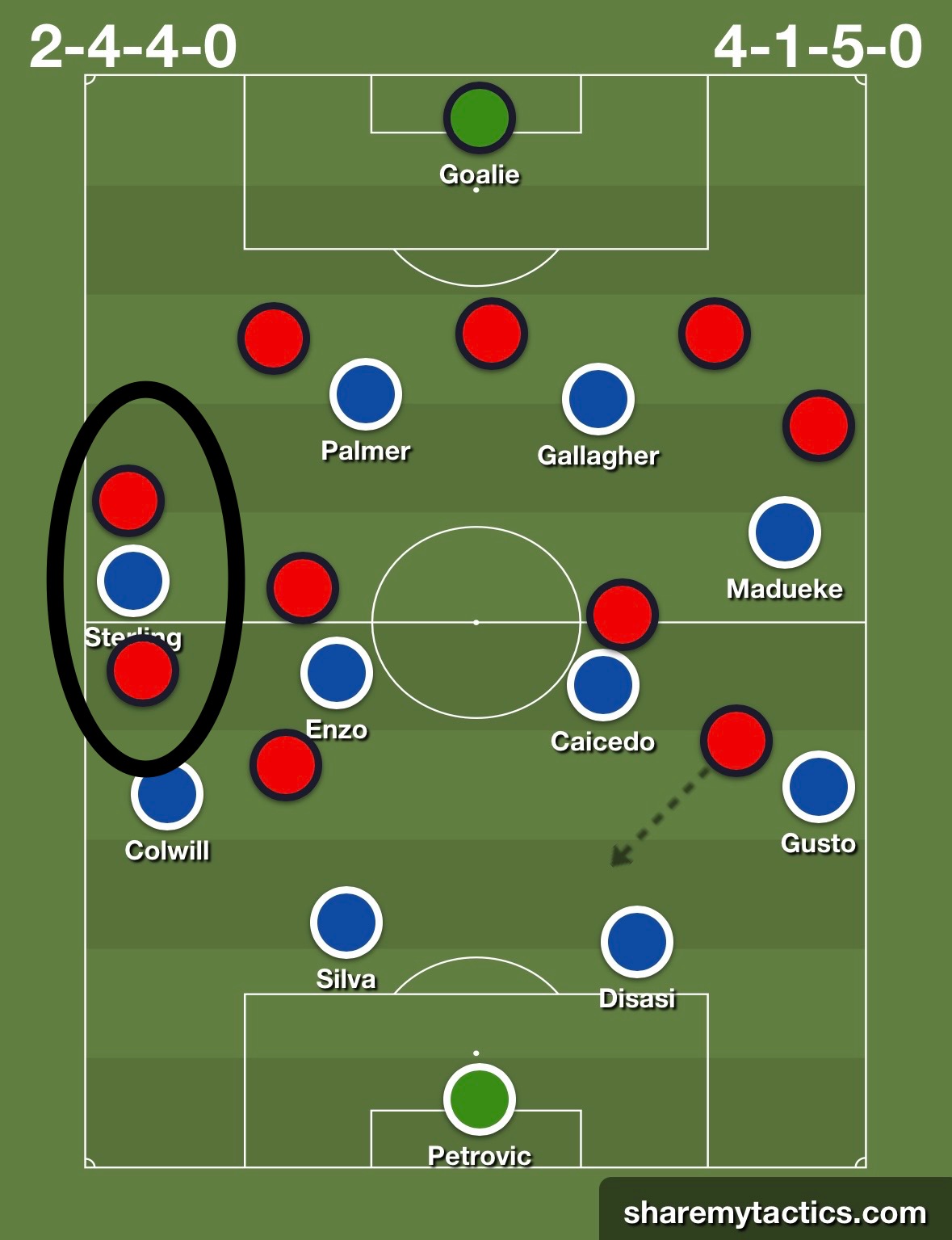
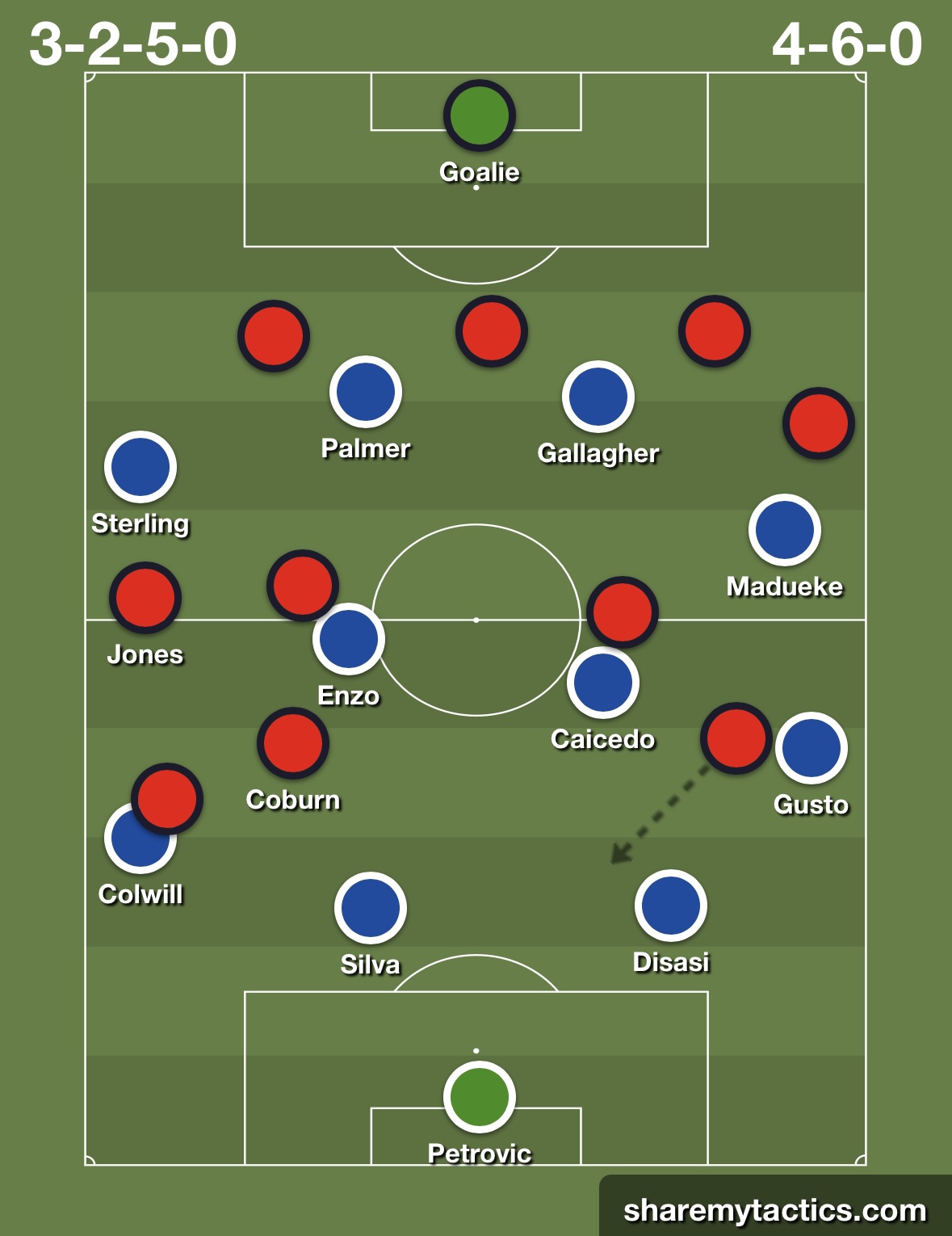
But enough about Chelsea, Carrick's men carried out their game plan to perfection, defended brilliantly and looked to exploit Chelsea's left hand side.
Defensively, Boro set up in almost a 5-4-1, having their wide attackers double up with the wing-backs in wide areas on Chelsea's forwards, allowing all three central defenders to defend the box, marking Palmer and any runners from midfield such as Gallagher and Enzo.
Their shape was excellent throughout, making it hard for Chelsea to get in behind them, and ensuring the game was played in front of their defensive line. They were always ready to double up to force Chelsea to play backwards instead of forwards, and stopped Chelsea from playing into zone 14 at every opportunity, forcing them wider down the flanks into their two man double ups.
But it was Carrick's counter attacking game plan that caused the upset, allowing Boro to get their goal and give them something to hold onto.
Levi Colwill is not a natural left back, and this is clear when he is dragged into wide areas to defend 1v1 in those isolated areas. This was something Carrick pinpointed from the get-go, looking to exploit this at every opportunity.
Carrick looked to use both his right winger (Matt Crooks) and his right wing back (Isaiah Jones) to go direct down this side and put Colwill in isolated positions to defend 1v1.
Raheem Sterling often didn't track back, and the ball directly between Sterling and Colwill was on for Middlesbrough, their striker (Josh Coburn) was also coming over to cause numerical superiority in that area of the pitch when Boro went long, to win the ball and secure possession in this zone.
From this area, Coburn and Crooks would make runs inside, stretching the Chelsea defence again, allowing Jones to go 1v1 with Colwill, isolate him and attack his feet in wide areas out of his comfort zone.
Their goal came from a direct ball in behind Colwill into Jones, space which was left by Crooks for Jones to run into and receive the ball in a foot race with Colwill, who then played a cutback into the path of goalscorer Hayden Hackney.
Ultimately Carrick wanted to defend compact, and break with width, get out to the left as quick as possible and leave his wide man with 1v1 isolations to create chances. Coburn was vital in doing this for Boro, winning 10 of his 20 duels (both aerial and ground) to help his side get the ball under control in wide areas to then allow Jones to attack Colwill.
CONCLUSION
In conclusion, Chelsea were poor, the choice to go with Palmer as a “false 9" allowed Middlesbrough to step up and defend their box more effectively, and they looked void of ideas as the game went on.
Middlesbrough however carried out Carrick's game plan perfectly, defended brilliantly, stopped Chelsea playing behind them and hit them in their weak spot at every opportunity.


